
Iglesia de Santa María de la Horta
A 12th-century Romanesque gem in Zamora, Spain, featuring impressive sculptures and a unique industrial past.
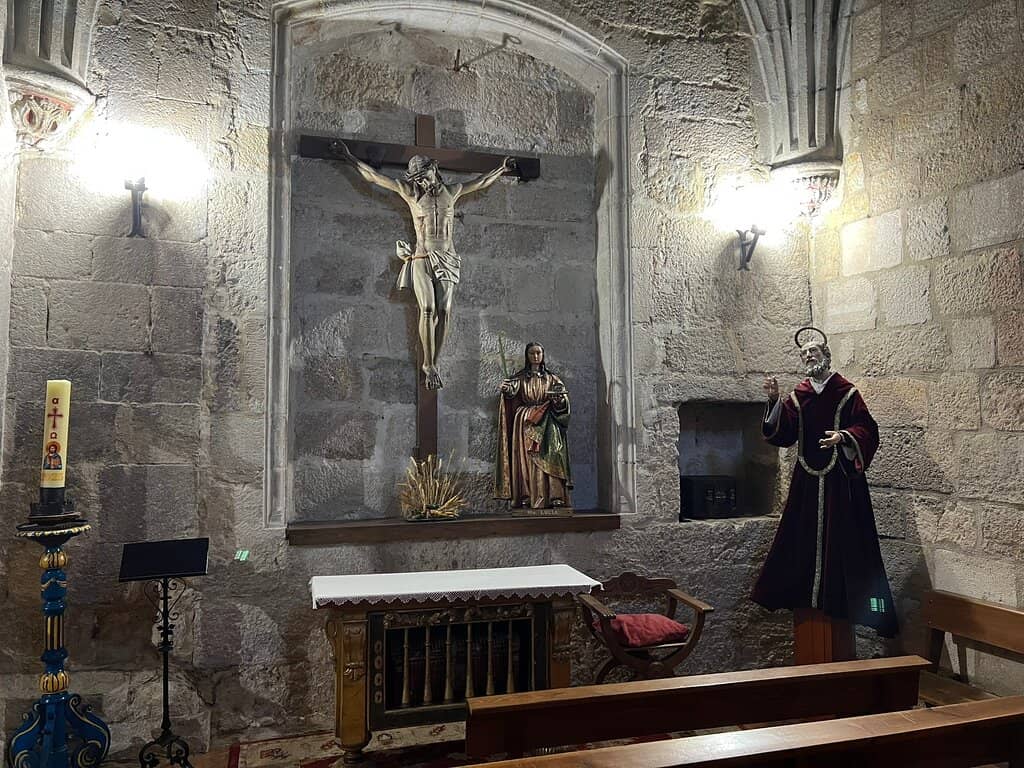
Highlights
Must-see attractions
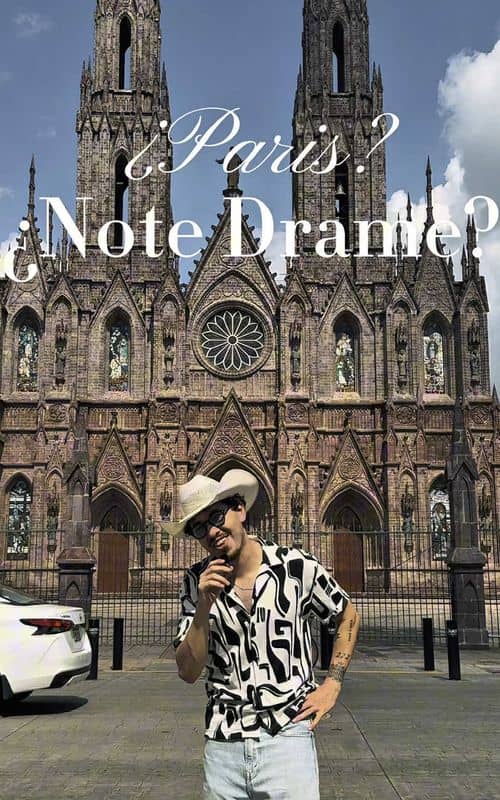
Social
From TikTok & Reddit
Best Time
Fewer crowds, peaceful atmosphere

Iglesia de Santa María de la Horta
Best Time
Fewer crowds, peaceful atmosphere

Highlights
Must-see attractions
A 12th-century Romanesque gem in Zamora, Spain, featuring impressive sculptures and a unique industrial past.
"A wonderful gem in Zamora, both inside and out, with free admission."
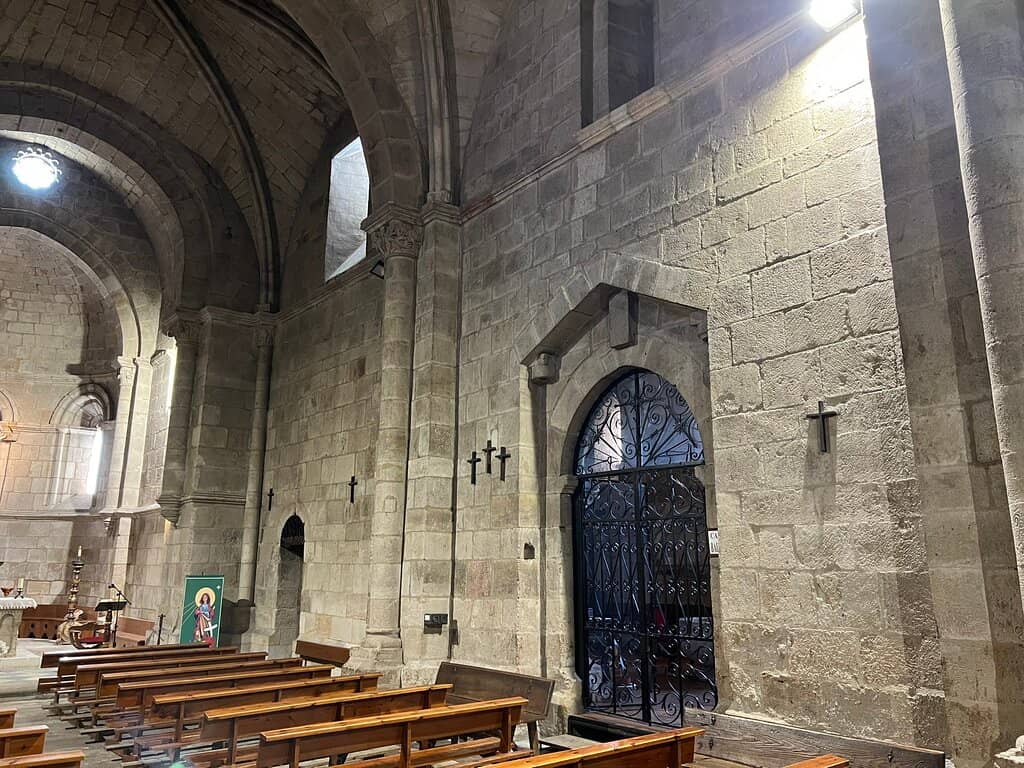
Free Admission! 🎉
Enjoy this gem without an entry fee. Perfect for budget travelers!
Check Hours Before You Go ⏰
Visiting hours can be limited, so confirm them beforehand to avoid disappointment.
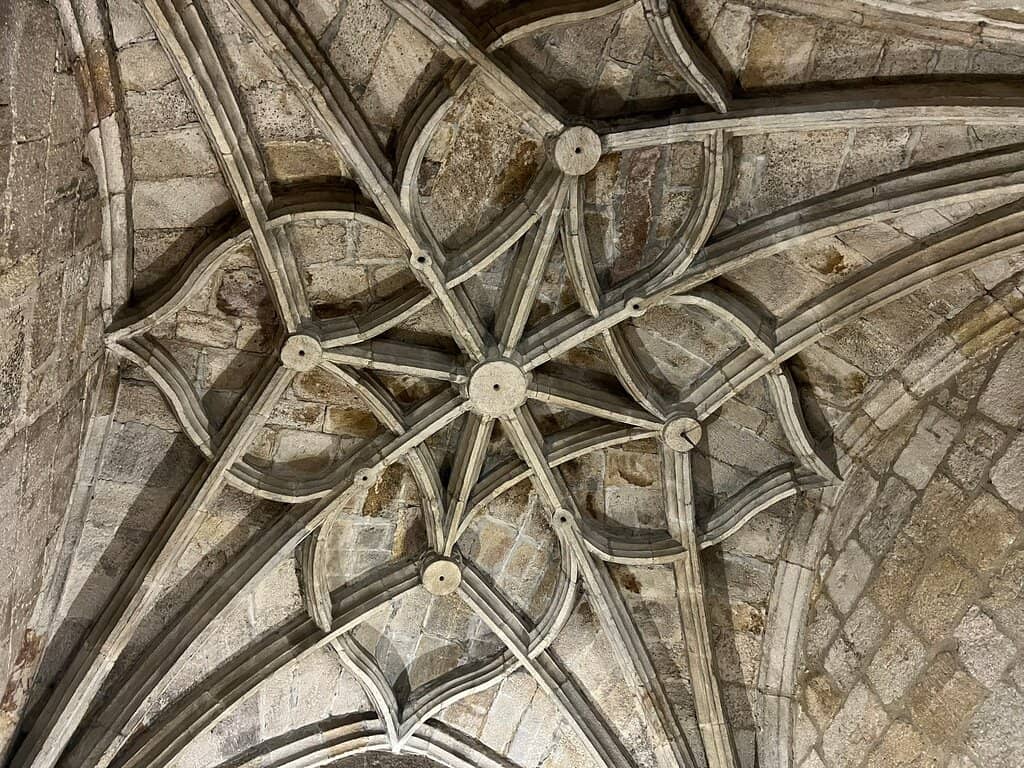
Highlights
Discover the most iconic attractions and experiences
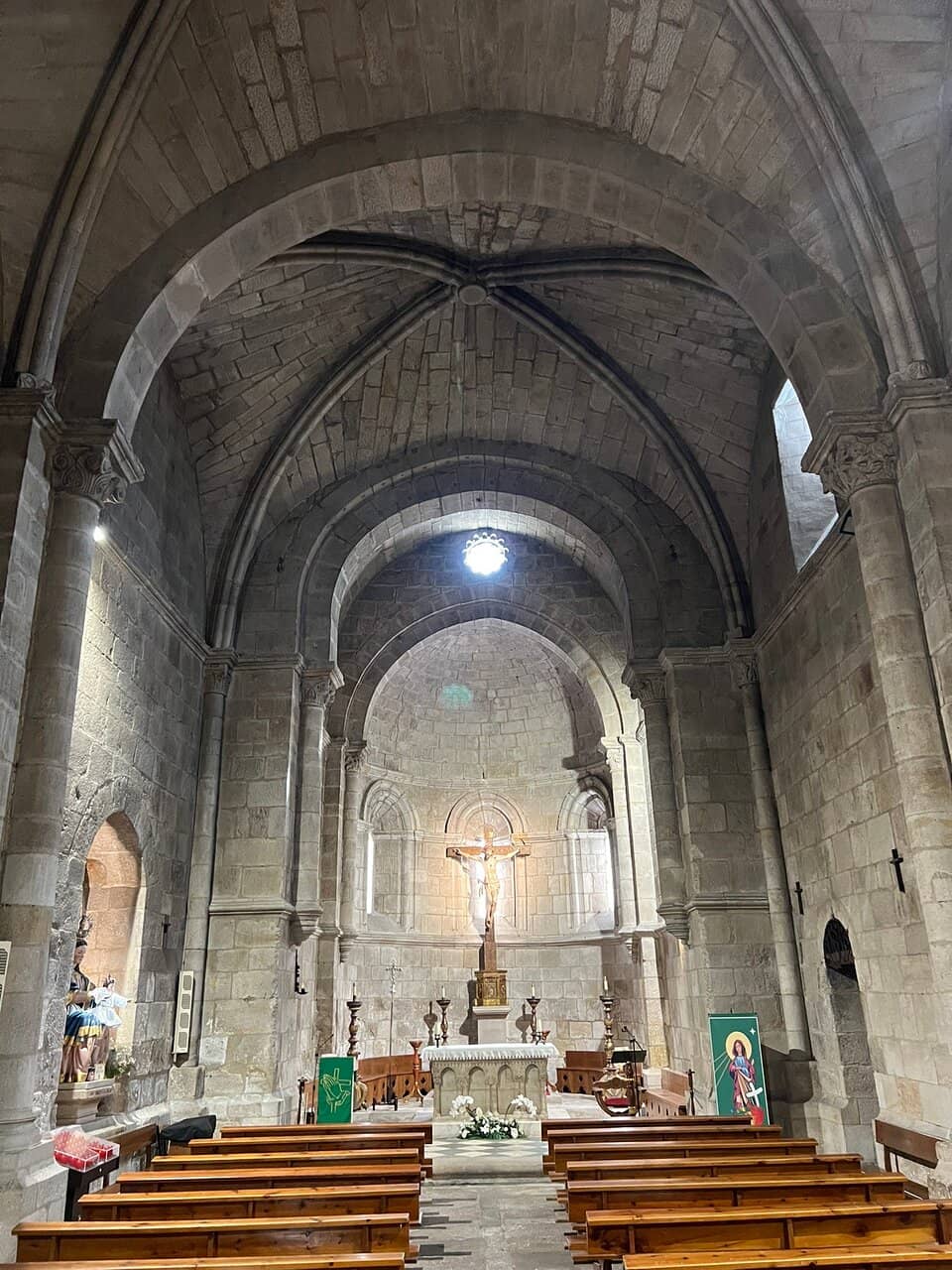
12th Century Romanesque Architecture
Marvel at the ancient capitals, apse, and portico, showcasing centuries of history and artistry.
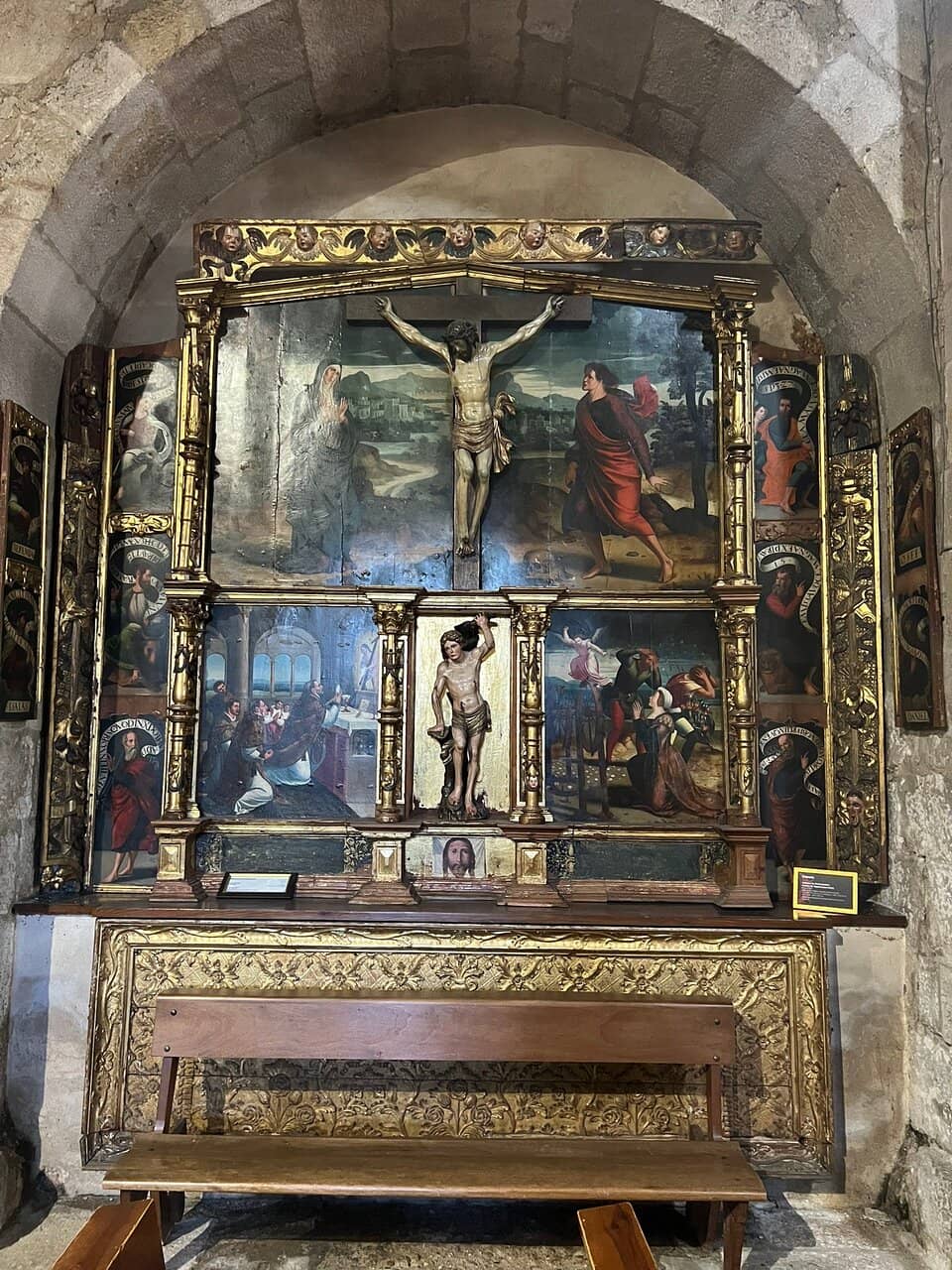
Virgin of Health & Christ of Agony
Interior
Behold two impressive sculptures that are significant religious artifacts within the church.
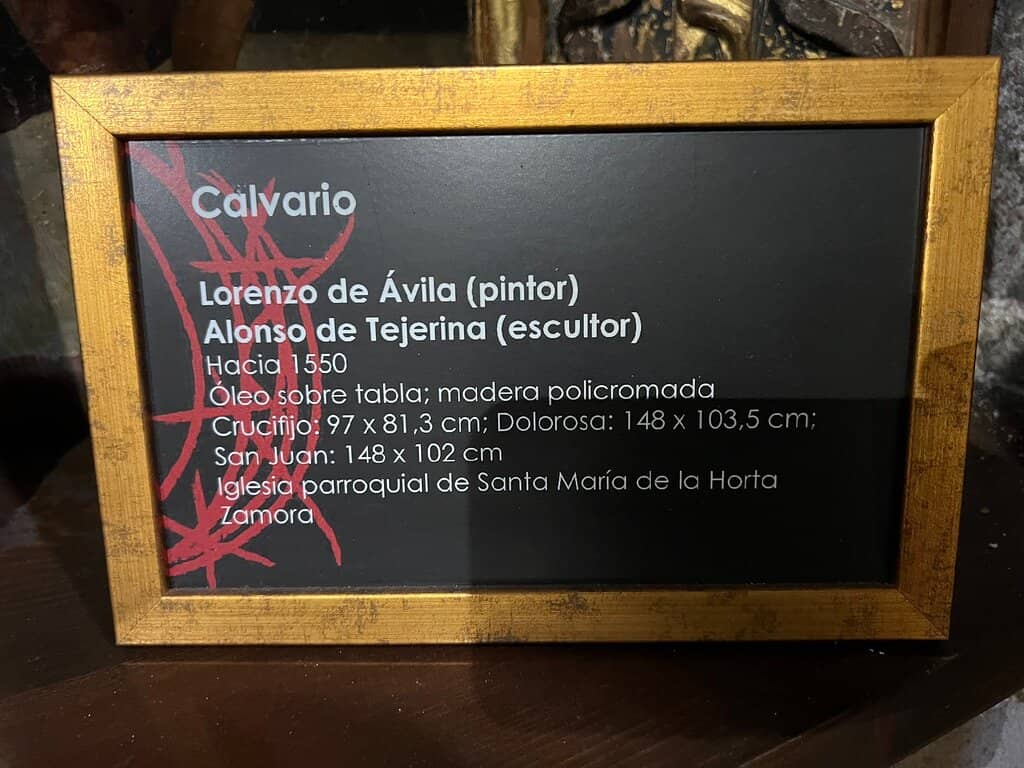
Historic Chimney
Exterior
Notice the unique chimney, a remnant of the city's first electricity factory built on the convent site.
Plans like a pro.
Thinks like you
Planning Your Visit
Timing Your Visit
Respectful Exploration
Best Times
Insider Tips
from TikTok, Instagram & Reddit
Free Admission! 🎉
Enjoy this gem without an entry fee. Perfect for budget travelers!
Check Hours Before You Go ⏰
Visiting hours can be limited, so confirm them beforehand to avoid disappointment.
Respectful Attire 🙏
Dress modestly as it's an active place of worship.
Accessible for All ♿
The church is accessible for visitors with disabilities.
Tips
from all over the internet
Free Admission! 🎉
Enjoy this gem without an entry fee. Perfect for budget travelers!
Check Hours Before You Go ⏰
Visiting hours can be limited, so confirm them beforehand to avoid disappointment.
Respectful Attire 🙏
Dress modestly as it's an active place of worship.
Accessible for All ♿
The church is accessible for visitors with disabilities.
What Travellers Say
Reviews Summary
Visitors praise Iglesia de Santa María de la Horta for its beautiful Romanesque architecture and significant religious sculptures. Its central location and free entry are major draws, though some note that visiting hours can be limited, requiring careful planning.
"Romanesque church from the 12th century, it was part of a convent when it was abandoned the first electricity factory in the city was built, hence the chimney on the side. Inside are kept the Virgin of Health and the Christ of Agony, two impressive sculptures, access suitable for disabled people."
jb garcia
"Beautiful Romanesque Church from the 12th century, very well located at the foot of Balborraz Street and the Plaza Mayor, and next to the Duero River."
Juan Félix Valderrama
"Romanesque-style church, built in the 12th century and renovated in the 16th century. It retains many of its original elements, such as the capitals, the apse and the portico, and part of the tower, modified in the 16th century renovation, which still maintains part of its original structure."
Jörge
What People Like
What People Dislike
Frequently Asked Questions
🚇 🗺️ Getting There
The church is centrally located in Zamora, Spain, at the foot of Balborraz Street and Plaza Mayor, near the Duero River. It's easily accessible on foot if you're exploring the city center.
Parking can be challenging in the historic center of Zamora. It's recommended to use public parking garages or explore options slightly further from the immediate vicinity.
🎫 🎫 Tickets & Entry
Visiting hours can be limited and may vary. It's crucial to check the most current schedule before your visit to ensure it's open.
No, the visit to Iglesia de Santa María de la Horta is generally free of charge, making it an accessible attraction for all visitors.
Yes, the church is designed to be accessible for people with disabilities, ensuring everyone can experience its beauty.
🎫 ⛪ Onsite Experience
The church is a beautiful example of Romanesque architecture, with renovations in the 16th century that also incorporated some Gothic elements.
Inside, you can admire the Virgin of Health and the Christ of Agony, two significant and impressive sculptures.
Originally part of a convent, it's a 12th-century Romanesque church. The site later housed the city's first electricity factory, evidenced by the chimney.
Photography policies can vary. It's best to be discreet and respectful, and if unsure, look for signage or ask a church attendant.
📸 📸 Photography
Late afternoon often provides beautiful, soft light for exterior shots. Early mornings can offer fewer people for unobstructed photos.
The Romanesque facade, the historic chimney, and the views from nearby Plaza Mayor are excellent for capturing the church's essence.
For Different Travelers
Tailored advice for your travel style
Budget Travelers
Combine your visit with exploring the surrounding Plaza Mayor and the banks of the Duero River for a rich experience that costs nothing. Just remember to check the limited visiting hours to make the most of your free exploration.
History Buffs
Consider the layers of history: from its conventual past to its role in early industrialization with the electricity factory chimney. The blend of original Romanesque features and later modifications tells a compelling story of the city's evolution.
Deep Dives
In-depth insights and expert knowledge
A Glimpse into Romanesque History
The renovation in the 16th century brought further architectural evolution, modifying parts of the tower while preserving some of its original structure. This blend of styles tells a story of resilience and adaptation over centuries.
Interestingly, the site later played a role in the city's industrial development. The first electricity factory in Zamora was built here, leaving behind the distinctive chimney that now stands as a unique feature of the church's exterior.
Artistic Treasures Within
These artworks contribute to the church's reputation as a place of both historical and devotional importance. The ability to view these pieces in person adds a profound dimension to the visitor experience, offering a moment of reflection and appreciation for religious artistry.



Social
from TikTok, Instagram & Reddit